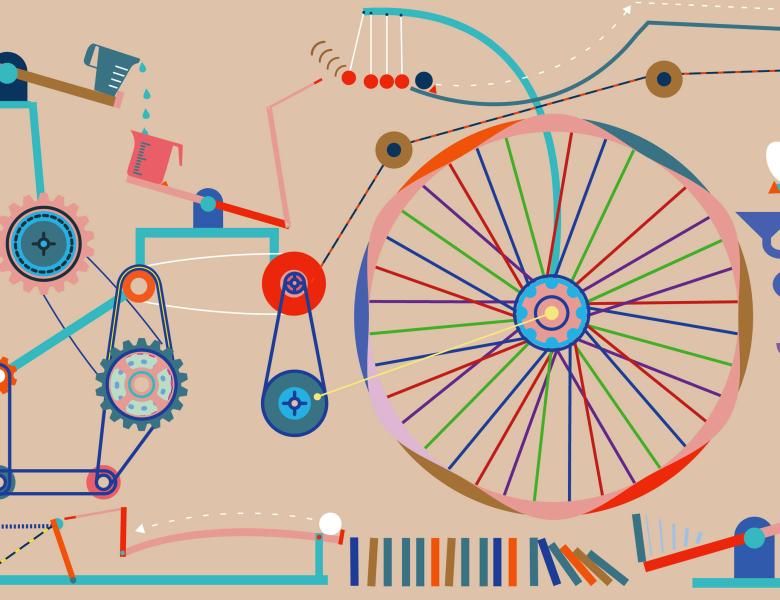
Title: “It works when it works”: Generalizations about unstable causal and categorical relationships.
Abstract:
In order to navigate the world effectively, humans often reduce its complexity to simple generalizations: “Hard work brings success”; “this fertilizer increases crop yield”. What makes some causal and categorical relationships good candidates for generalizations? One obvious answer is “strength”: the stronger the association between a cause and effect (or a category and a property), the more appropriate the generalization. I will discuss a less obvious answer to this question, “stability”: the relationships that are stable across contexts, or background circumstances, may be better candidates for generalizations (even controlling for strength). For example, if two fertilizers are on average equally likely to boost crop yields, but one of them varies a lot in performance across backgrounds (e.g. works very well on sandy soil, but very poorly on clay soil) while the other performs equally (moderately) well across soil types – the latter would be a better candidate for the generalization “this fertilizer increases crop yields”. I will present studies on causal stability that support this claim, as well as prior work on stability of categorical relationships that introduces some caveats, and will finish by discussing an ongoing project that aims to reconcile these findings.
Ny Vasil is a faculty member for the Psychology department at Cal State East Bay. Vasil joined the department after completing postdoctoral training at Princeton University and University of California Berkeley, followed by a research associate appointment at UCLA. Dr. Vasil combines approaches of developmental, cognitive and social psychology to tackle questions concerning human reasoning about complex physical, biological and social systems: how people represent complex causal and non-causal relationships, how reasoning about complex systems changes across development, how different cognitive mechanisms contribute to it, what behavioral consequences it has, how language both shapes and reflects it, and finally, how understanding of social structures influences children’s and adults’ intuitions about social justice.
All scheduled dates:
Upcoming
No Upcoming activities yet


